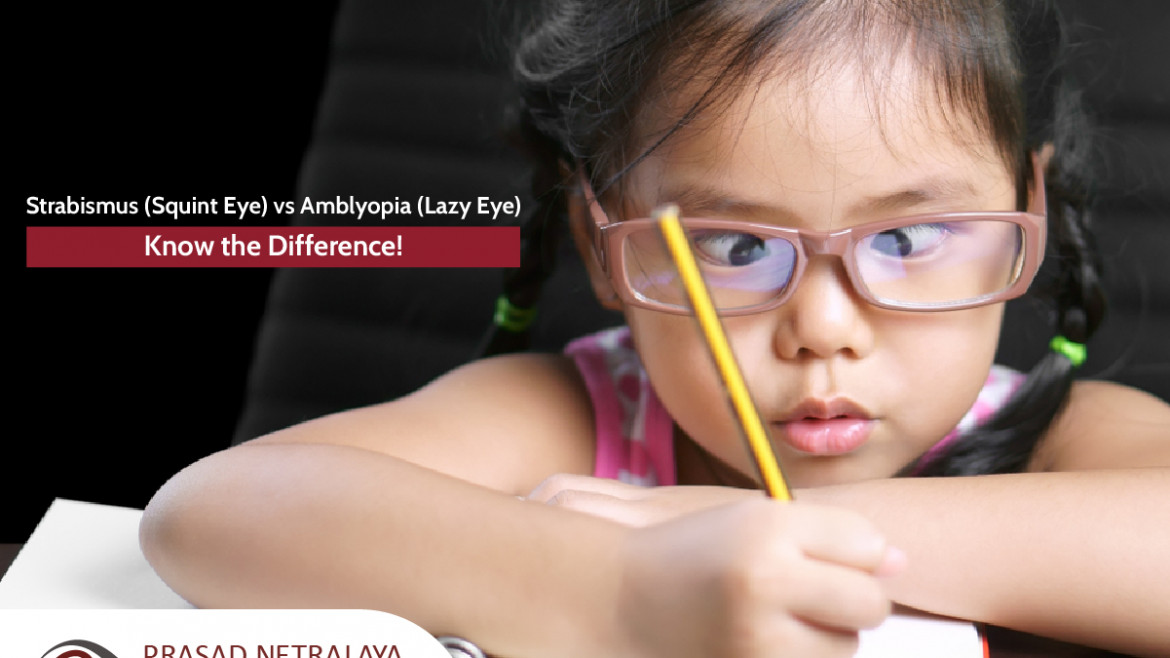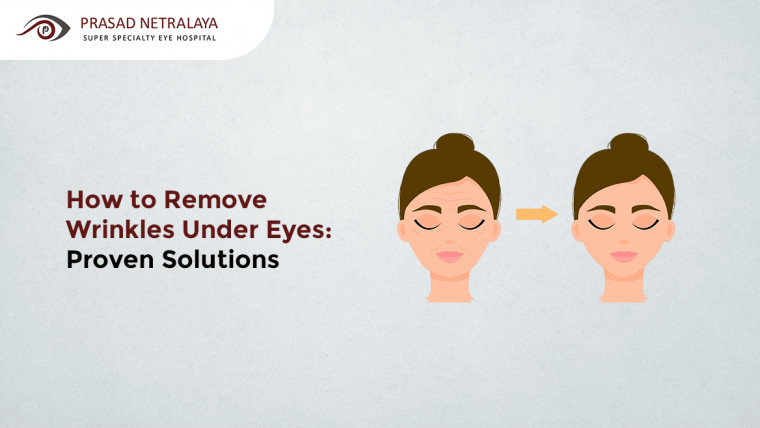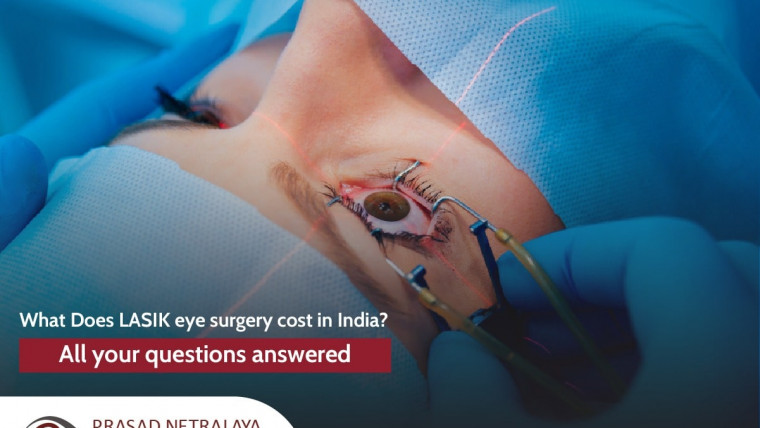You’ve probably heard the terms squint eye, cross-eye, and lazy eye but aren’t sure what they mean or when to use them. This is because they are often used interchangeably, but incorrectly. So the confusion between the terms is understandable.
We’ll go over the causes, symptoms, and treatments of these two conditions in this blog to help you make a clear distinction. By knowing what each one is, you can be mindful of the condition and not be ignorant.
Let’s start by simply defining the two.
Table of Contents
What Is Squint Eye/Cross-Eye?
Both these terms describe the same condition which is otherwise known as Strabismus. It is a condition where the eyes do not look in the same direction at the same time. One or both eyes might point upwards, downwards, inwards, or outwards. This can be either continuous or intermittent, but it makes it difficult for the brain to combine images from each eye to form a single image.
What Is a Lazy Eye?
When one of your eyes’ vision does not develop properly, it is referred to as a lazy eye. Amblyopia is a term used by doctors to describe this condition. If you don’t get treatment, your brain will learn to ignore the image from your weaker eye. This could result in long-term vision issues.
Listed below is all you need to know to help identify each of these conditions 一From causes to treatment.
The Difference Between Strabismus and Amblyopia: Causes, Symptoms and Treatments
| Strabismus (Squint Eye) | Amblyopia (Lazy Eye) | |
| Causes | The cause can be traumatic or hereditary. Some of the common causes include – Poor vision in one eye Refractive flaws that haven’t been rectified Brain tumours Strokes Head injuries People with Down syndrome and cerebral palsy are also at a higher risk of developing this condition. | The causes vary and depend on the type of ailment a person has. Refractive amblyopia is caused by refractive errors in the eyes Congenital cataracts cause deprivation amblyopiaStrabismic amblyopia is caused by the brain ignoring the input from a misaligned eye. |
| Symptoms | It depends on the type of strabismus – constant strabismus or intermittent strabismus. However, some of the most common symptoms include: Eyes that do not move in synchronyTrying to look at something by tilting or twisting the headSquinting or closing one eye under bright sunlight Poor depth perception | Since there are no visible indicators of amblyopia, it is impossible to detect it by simple observation. However, certain common signs and symptoms include: Poor depth perception Head tilting Eyes that appear to be unaligned, or an eye that wandersSquinting or shutting an eyeAbnormal results of vision screening tests |
| Treatments | Treatment options for strabismus are diverse. Depending on the cause of the condition, your eye specialist will recommend the best treatment. Some of the options include一 Prescription eyeglassesVision therapyEye muscle surgery | Treatment options are determined by the cause of lazy eye and the severity of the condition. It can be either一 Corrective eyewearEye patchesOrthoptek stimulation Prescription eye drops |
Amblyopia and strabismus can be treated, but it’s critical to discover them early. If you or anyone you know has any of the symptoms mentioned. It’s highly recommended to make an appointment to undergo a full visual examination.
Orthoptek stimulation is a new revolutionary treatment for Lazy eyes (Amblyopia) and is available in very few places, Prasad Netralaya being one of them
If you live in Mangalore or Udupi, you’ll find the best eye specialists at Prasad Netralaya. It is one of the best eye care clinics in coastal Karnataka. Call us at +91 9513596565 or visit our website to book an appointment. You can also book a teleconsultation if you wish to get a consultation from the comfort of your home.



